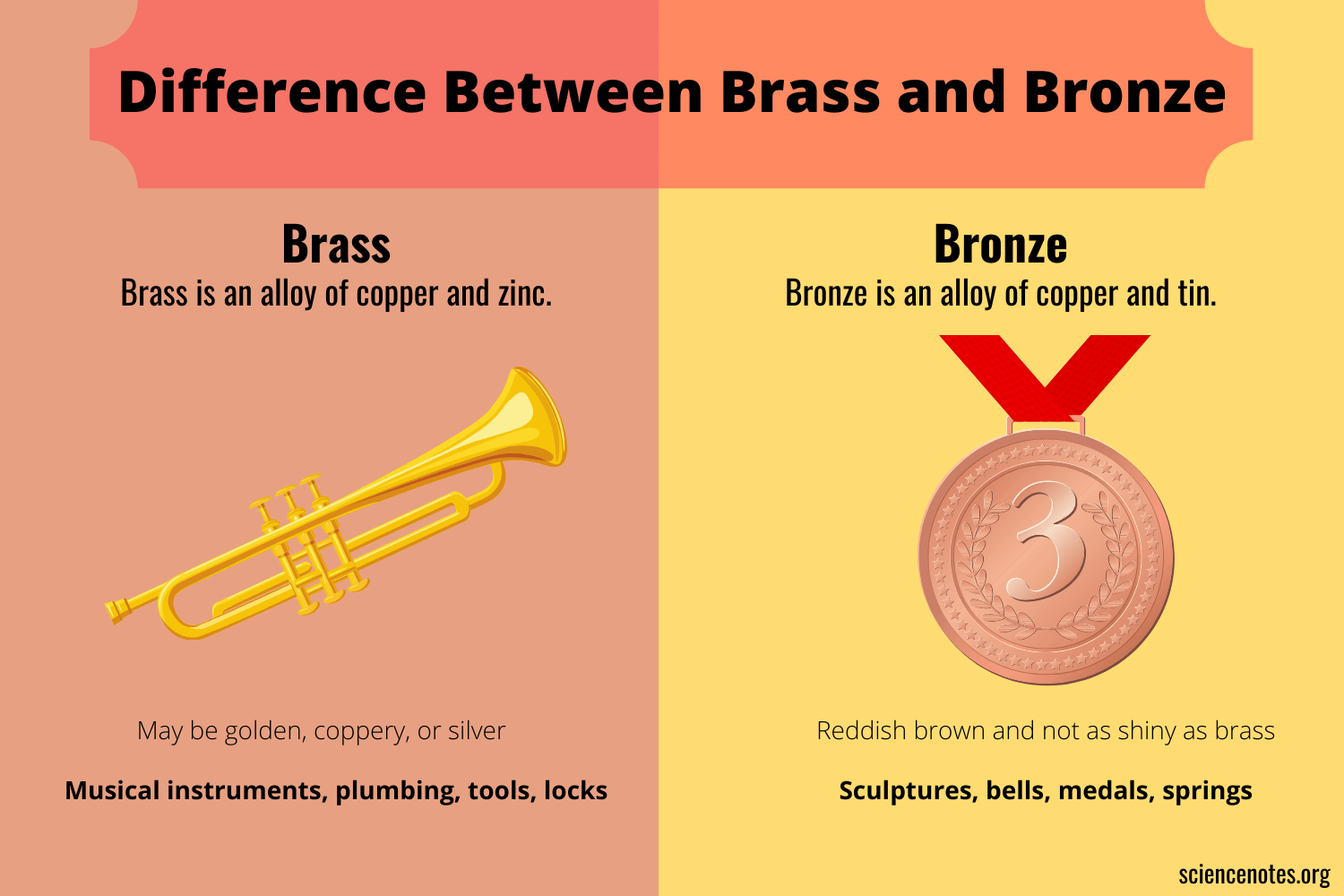Brass is a fascinating alloy that has been utilized for centuries, known for its distinct golden hue and remarkable properties. Understanding what brass is made of is essential for appreciating its wide range of applications, from musical instruments to plumbing fixtures and decorative items. This versatile metal has captured the interest of artisans, engineers, and hobbyists alike, showcasing its importance in various industries.
At the core of brass's uniqueness lies its composition. It is primarily made up of copper and zinc, but the proportions can vary depending on the desired characteristics and applications. This alloying process not only enhances the metal's strength and durability but also imparts a beautiful aesthetic appeal that makes brass a popular choice for both functional and ornamental purposes.
In this article, we will delve deeper into the question of what brass is made of, exploring its components, variations, and applications. We will also address some common queries related to this remarkable alloy, providing you with a comprehensive understanding of brass and its significance in our daily lives.
What Are the Primary Components of Brass?
Brass is mainly composed of two metals: copper and zinc. The typical composition of brass can include:
- Copper (Cu): Usually comprising about 55% to 95% of the alloy, copper is known for its excellent electrical conductivity and malleability.
- Zinc (Zn): Making up the remaining percentage, zinc adds strength and hardness to the alloy, as well as a unique color.
In some brass formulations, other elements such as lead, tin, aluminum, or silicon may be added to enhance specific properties, such as machinability or corrosion resistance.
What Variations of Brass Exist?
Brass is not a one-size-fits-all alloy; there are numerous variations based on the specific ratios of copper and zinc, as well as the inclusion of other alloying elements. Here are some notable types of brass:
- Yellow Brass: Typically composed of 70% copper and 30% zinc, yellow brass is often used in jewelry and decorative items.
- Red Brass: With a higher copper content (up to 85%), red brass is known for its reddish hue and is often used in plumbing applications.
- Architectural Brass: A type of yellow brass that includes a small amount of lead for improved machinability, used in architectural fittings.
- Naval Brass: Contains a small percentage of tin to improve corrosion resistance, ideal for marine applications.
How is Brass Created?
The process of creating brass involves melting copper and zinc together in a furnace. The two metals are combined in the desired proportions, and any additional alloying elements are added during this stage. The molten metal is then poured into molds to cool and solidify, creating brass ingots or billets that can be further processed into various shapes and forms.
What Properties Make Brass Unique?
Understanding what brass is made of also requires an appreciation of its unique properties:
- Corrosion Resistance: Brass is less susceptible to corrosion compared to other metals, making it ideal for outdoor and marine applications.
- Malleability: The alloy can be easily shaped and formed, allowing for intricate designs in jewelry and decorative items.
- Conductivity: Brass maintains good electrical conductivity, making it useful in electrical connectors and components.
- Aesthetic Appeal: The attractive golden color of brass enhances its popularity in decorative applications.
How is Brass Used in Everyday Life?
The versatility of brass means it can be found in countless applications across various industries. Common uses of brass include:
- Musical Instruments: Many brass instruments, such as trumpets and trombones, are made from brass due to its acoustic properties.
- Plumbing Fixtures: Brass is widely used in faucets, valves, and pipe fittings due to its strength and corrosion resistance.
- Jewelry: The malleability and attractive appearance of brass make it a popular material for costume jewelry and ornaments.
- Decorative Items: Brass is commonly used in home decor, including light fixtures, door hardware, and ornamental accents.
What Are the Environmental Considerations of Brass?
As with any industrial material, the production and disposal of brass have environmental implications. However, brass is a highly recyclable material, and recycling brass helps reduce the demand for raw materials and minimizes waste. It is important for manufacturers and consumers to consider the environmental impact of their choices when using brass products.
Conclusion: What is Brass Made Of?
In conclusion, understanding what brass is made of involves recognizing its primary components—copper and zinc—as well as the variations and unique properties that make this alloy so valuable. From its applications in musical instruments to plumbing fixtures and decorative items, brass continues to play an essential role in our lives. Its recyclability also highlights its potential for sustainable use in the future. As we appreciate the beauty and functionality of brass, we can also make informed choices about its application and impact on the environment.
You Might Also Like
Illuminating The World: It's Like All LightsI Shall Wear A Crown Lyrics: A Journey Through Resilience And Hope
Unleashing Creativity: Easy Drawings Ideas For Everyone
Discovering Phin Smith Las Vegas: The Man Behind The Magic
Unraveling The Hindrance At Wimbledon: A Deep Dive Into The Challenges Faced
Article Recommendations
- Loni Willison Now
- Nancy Pelosi Wedding Pictures
- Graciebon Onlyfans Leaks
- Jelly Bean Brains Only
- Lilydaisyphillips Leaked
- Bollyflix
- Bhad Bhabie Nude Leaks
- Laralane Onlyfans
- 7 Movierulz Telugu 2024
- Maria Cedar


